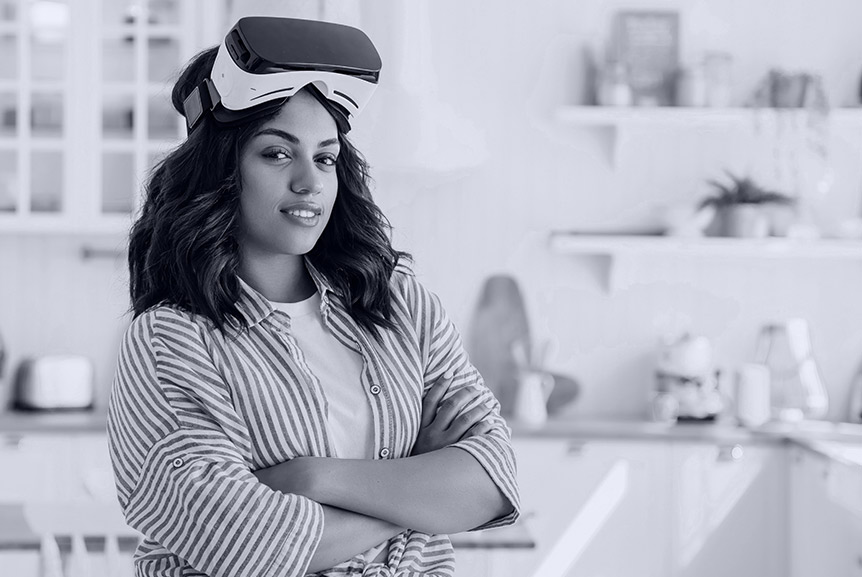In an age where digital transformation is reshaping every aspect of the fashion world, textile simulation has emerged as a game-changer—especially in fashion marketing. No longer limited to physical prototypes or costly photoshoots, brands are now using virtual fabrics and 3D simulation to create, present, and market clothing like never before.
Let’s explore how virtual textile simulation is revolutionizing fashion marketing in 2025 and beyond.
What is Textile Simulation?
Textile simulation is the use of 3D software to digitally recreate fabric behavior—how it drapes, folds, stretches, or reacts to movement and light. Combined with digital avatars and virtual environments, it allows brands to visualize entire collections without producing a single physical garment.
How It’s Transforming Fashion Marketing
1. Visual Storytelling Without Limits
With hyper-realistic 3D renders, brands can create bold, futuristic, or imaginative marketing visuals that go far beyond the runway.
Example: Virtual fabrics enable creative storytelling—like dresses flowing on Mars or coats rippling in a digital rainforest—without ever leaving the studio.
2. Faster Campaign Turnarounds
Design-to-market timelines have shrunk. With simulated fabrics, marketing teams can launch campaigns before final samples are even produced.
Speed matters. Early visuals generate pre-orders, customer interest, and faster go-to-market strategies.
3. Sustainability Messaging
Using virtual samples reduces the need for wasteful prototypes, aligning marketing with eco-conscious messaging and Gen Z values.
A digital-first approach helps reinforce a brand’s commitment to sustainability and innovation.
4. Hyper-Personalized Content
Virtual garments can be easily adapted to different body types, colorways, and styles—making it possible to target specific customer groups with tailored visuals.
Result: Personalized marketing increases engagement and conversions.
5. Immersive Online Experiences
Virtual try-ons and 360° garment viewers make online shopping interactive and informative, improving customer confidence and reducing returns.
Customers can “feel” the texture, weight, and movement of garments—virtually.
Tools Powering the Shift
Fashion brands are using cutting-edge tools like:
-
CLO 3D
-
Browzwear
-
Marvelous Designer
-
Substance by Adobe
-
Unreal Engine for real-time rendering
These tools are bridging the gap between design, production, and marketing with seamless virtual pipelines.
The Future of Fashion is Phygital
The blend of physical and digital (“phygital”) fashion is here to stay. Virtual textiles are not just about visualization—they’re strategic marketing assets that empower brands to:
-
Launch digital-only collections
-
Create influencer content without shipping samples
-
Enter the metaverse with fashion-ready avatars



